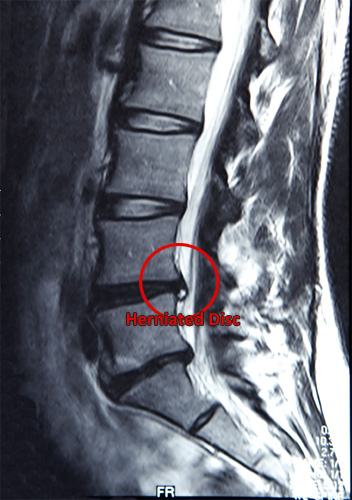


Palpating (feeling by hand) certain structures can help identify the pain source. Information on sleep, dietary, and exercise habits is usually also collected.Ī physical exam for diagnosing disc pain may include one or more of the following tests: A medical history may include information on recurring health problems, previous diagnoses, and past treatments and their effectiveness.
#Herniated disk xray full
See Typical Symptoms of a Herniated Disc and Common Symptoms of Degenerative Disc DiseaseĬollecting a full medical background can rule out or identify other possible conditions that may cause pain. Whether certain activities, positions, or treatments make the pain feel better or worse.A description of how the pain feels, such as searing, sharp, or stabbing vs.The location of the pain, including whether it is confined to the neck or back, or whether it includes arm or leg pain.A complete review of symptoms will include: The diagnostic process typically begins with a collected medical history and a review of current symptoms. See Understanding the Clinical Diagnosis of a Herniated Disc Review of Medical History and Specific Symptoms The diagnostic processes for both degenerative disc disease and a herniated disc include a range of methods that confirm the disc as the pain source, as well as the mechanics and anatomy behind how pain is occurring.


 0 kommentar(er)
0 kommentar(er)
